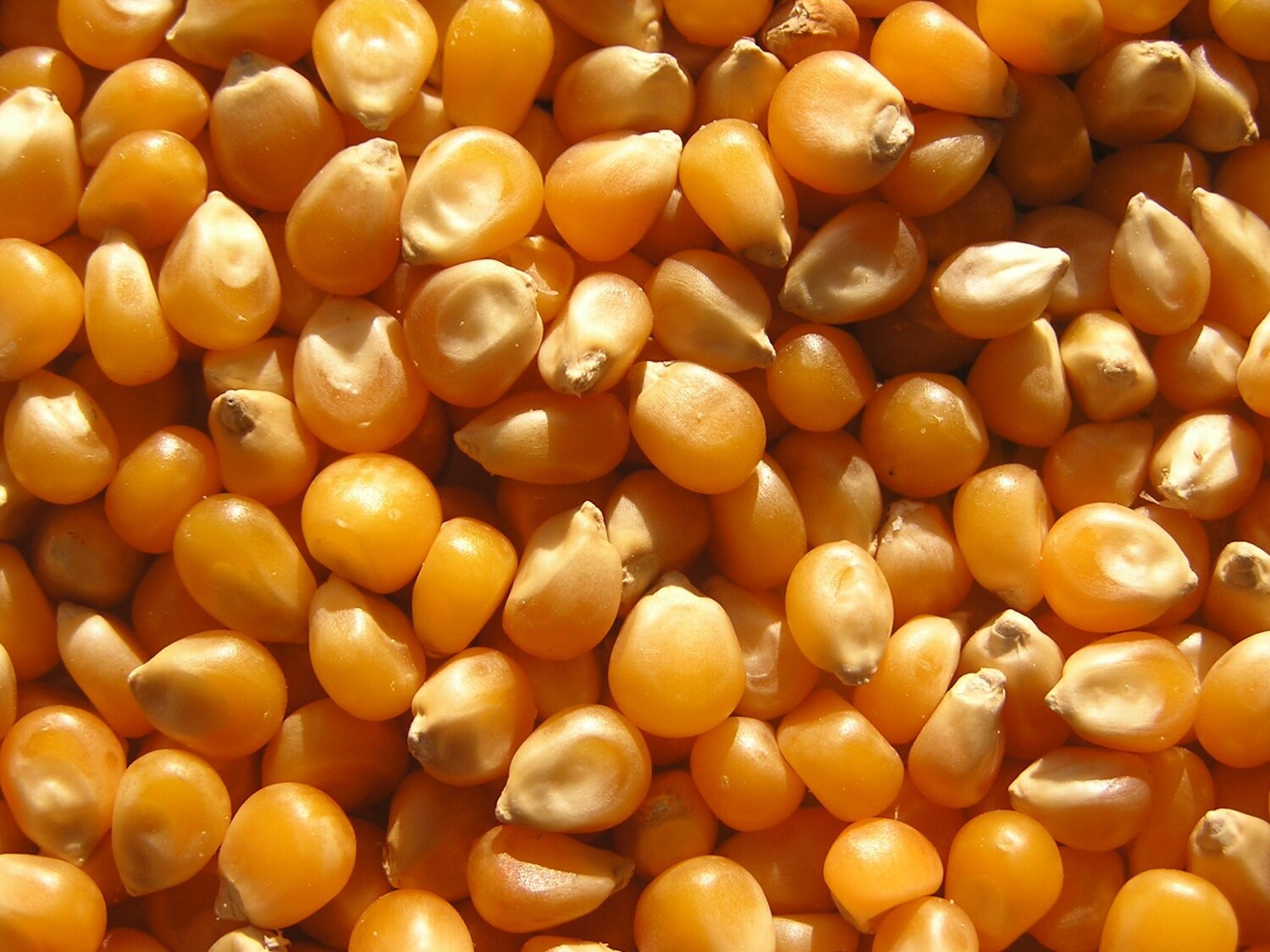

Articles
How To Store Corn Seeds
Modified: September 1, 2024
Learn the best methods for storing articles and keeping corn seeds fresh. Follow these simple steps to preserve your corn seeds for future planting.
(Many of the links in this article redirect to a specific reviewed product. Your purchase of these products through affiliate links helps to generate commission for Storables.com, at no extra cost. Learn more)
Introduction
Welcome to the world of corn seed storage! If you are a farmer or a gardening enthusiast looking to preserve the quality of your corn seeds, you’ve come to the right place. Proper storage of corn seeds is crucial for maintaining their viability and ensuring successful germination when you’re ready to plant.
Whether you harvest corn seeds from your own plants or purchase them from a trusted supplier, understanding how to store them correctly will help extend their shelf life and maximize their potential for future use.
In this article, we will explore the importance of proper corn seed storage, discuss how to select high-quality corn seeds, explain the steps to prepare seeds for storage, and provide tips for choosing the right storage container and location. We will also delve into the essential aspects of monitoring moisture levels, protecting seeds from pests and diseases, and periodically checking seed viability.
By following these guidelines, you can ensure that your corn seeds remain in optimal condition until you’re ready to give them new life in the soil.
Key Takeaways:
- Proper corn seed storage is crucial for maintaining viability, genetic integrity, and protection from moisture and pests. Follow guidelines for optimal storage conditions to maximize seed potential.
- Select high-quality corn seeds, prepare them for storage, choose suitable containers, and monitor moisture levels to ensure successful germination and bountiful harvests.
Read more: How To Plant Corn Seeds
Understanding the Importance of Proper Corn Seed Storage
Proper corn seed storage is vital as it has a direct impact on the quality and viability of the seeds. The shelf life of corn seeds can vary depending on various factors, including genetics, environmental conditions, and how well they are stored.
By storing corn seeds correctly, you can increase their longevity and maintain their ability to germinate effectively. This is especially important for farmers who rely on their seeds for a successful harvest and for gardeners who want to ensure the growth of healthy corn plants.
One of the main reasons why proper seed storage is important is seed viability. Corn seeds naturally have a limited lifespan, and as time passes, their germination rates decrease. By storing them properly, you can slow down this decrease in viability and ensure a higher percentage of seeds will successfully germinate.
Another reason is to preserve the genetic characteristics of the seeds. Corn seeds carry the genetic traits that determine plant height, disease resistance, drought tolerance, and other desirable qualities. When seeds are exposed to unfavorable conditions, these traits can deteriorate, leading to reduced crop performance in subsequent plantings. Proper storage prevents such degradation and helps maintain the genetic integrity of the seeds.
Moisture is a critical factor that can significantly impact seed viability. Excessive moisture can lead to mold, fungal diseases, and rot, which can render the seeds useless. On the other hand, seeds that are too dry can lose their vitality and fail to germinate. By controlling moisture levels through proper storage, you can protect the seeds from these adverse effects and ensure their viability over an extended period.
Temperature is another important consideration. Extreme temperatures, both high and low, can damage the seeds and decrease their viability. Storing corn seeds in a cool and stable environment helps maintain their quality and extends their shelf life.
In summary, proper corn seed storage is essential for preserving seed viability, maintaining the genetic traits of the seeds, and protecting them from moisture and temperature-related damage. By following the guidelines for appropriate seed storage, you can ensure the long-term success of your corn plantings and maximize your yield.
Selecting High-Quality Corn Seeds
When it comes to corn seed selection, the quality of the seeds directly impacts the success of your crop. Choosing high-quality corn seeds ensures that you start with the best genetic material, leading to healthy plants and a bountiful harvest. Here are some important factors to consider when selecting corn seeds:
Genetic Purity: Look for seeds that have been meticulously bred and maintained for genetic purity. This means that the seeds are free from contamination or cross-pollination with other corn varieties. Genetic purity is crucial for ensuring consistent plant characteristics and optimal performance in the field.
Germination Rate: Check the germination rate of the seeds you are considering. This information is typically provided on the seed packet or label. A high germination rate indicates that a greater percentage of seeds will successfully sprout and grow into healthy plants. Aim for seeds with a germination rate of at least 85% or higher.
Seed Vigor: Seed vigor refers to the ability of the seeds to germinate quickly and produce strong, healthy seedlings. Look for seeds that have been treated with fungicides or other techniques to enhance vigor and protect against seed and soil-borne diseases. Vigorous seeds have a better chance of establishing robust plants early in the growing season.
Adaptability: Consider the specific needs of your growing region and climate. Look for corn seed varieties that are recommended for your particular area. Seeds that are well-adapted to your local conditions will have a higher chance of thriving and producing a good crop.
Disease and Pest Resistance: Check if the seeds have any built-in resistance to common diseases and pests that affect corn. This can help reduce the need for chemical treatments and promote healthier plants. Look for seed varieties that have been bred to resist diseases such as common rust, northern corn leaf blight, or European corn borer.
Performance Data: Seek out performance data for the corn seed varieties you are considering. This information includes yield potential, maturity rate, plant height, and other relevant characteristics. Performance data allows you to make informed decisions based on the specific requirements of your farming or gardening goals.
By carefully selecting high-quality corn seeds, you set yourself up for success right from the start. The right seeds will have the genetic traits, germination potential, and adaptability necessary to thrive in your specific growing conditions. Take the time to research, read reviews, and consult with local agricultural experts to make informed choices for your corn seed selection.
Preparing Corn Seeds for Storage
Properly preparing corn seeds for storage is essential to maintain their viability and quality over time. By taking a few simple steps, you can ensure that your seeds are in optimal condition when you’re ready to plant. Here are the key steps to prepare corn seeds for storage:
Drying: Before storing corn seeds, it’s important to dry them thoroughly. Moisture content is a critical factor in seed storage, as excess moisture can promote fungal growth and reduce viability. Spread the seeds in a single layer on a clean, dry surface in a well-ventilated area. Allow them to air dry completely, stirring occasionally to ensure even drying. Verify that the seeds have reached the appropriate moisture level for storage, which is typically around 12-14% for corn seeds.
Cleaning: Remove any damaged or deteriorated seeds, as they can negatively affect the quality of the stored batch. Inspect the seeds carefully, discarding any that are discolored, shriveled, or show signs of insect damage or disease. Use a seed cleaning screen or sieve to separate out any debris or smaller particles from the seeds.
Labeling: Properly labeling your corn seeds is crucial for keeping track of the variety, planting date, and any other relevant information. Use waterproof markers or labels to clearly indicate the contents of each storage container. This will help prevent confusion and ensure that you use the oldest seeds first to maintain optimal seed freshness.
Seed Treatment: Depending on your preferences and resources, you may consider treating the corn seeds with fungicides or other seed treatments. Seed treatments help protect the seeds from various fungal and bacterial diseases and can enhance their overall vigor. Consult with your local agricultural extension office or seed supplier to determine if seed treatments are necessary for your specific situation.
Packaging: After drying, cleaning, and treating (if applicable), transfer the corn seeds to suitable storage containers. Choose containers that are airtight and moisture-resistant to prevent moisture, pests, and contaminants from entering. Some popular options include glass jars, plastic bags, or metal containers with tight-fitting lids. Avoid using cardboard boxes or paper bags that can easily absorb moisture.
Storage Environment: Corn seeds should be stored in a cool, dry, and dark environment. Ideally, the temperature should be around 40-50°F (4-10°C) with a relative humidity of 30-50%. Avoid storing them in areas prone to temperature fluctuations, direct sunlight, or high humidity, such as basements or attics.
By following these steps, you can ensure that your corn seeds are properly prepared for storage. Taking the time to dry, clean, label, and package them correctly will help maintain their viability and ensure successful germination when the planting season arrives.
Choosing the Right Storage Container
When it comes to storing corn seeds, choosing the right storage container is crucial for maintaining their quality and viability. The container you select should provide an airtight and moisture-resistant environment to protect the seeds from moisture, pests, and contaminants. Here are some factors to consider when choosing the right storage container for your corn seeds:
- Airtightness: The container you choose should have an airtight seal to prevent moisture and air from entering. This helps maintain the seeds’ moisture content and reduces the risk of fungal growth or seed degradation. Look for containers with secure, tight-fitting lids that create a reliable seal.
- Moisture Resistance: Moisture is one of the biggest threats to seed viability. Ensure that the container you select is moisture-resistant to protect the seeds from excess moisture that can cause mold or deterioration. Containers made of materials such as glass, plastic, or metal are typically more resistant to moisture compared to porous materials like cardboard or paper.
- Transparency: Opt for a transparent or translucent container, if possible. This allows you to easily see the seeds inside without having to open the container, reducing the risk of exposing them to moisture or contaminants unnecessarily.
- Durability: Choose a container that is durable and long-lasting. This ensures that the seeds remain protected throughout the storage period. Containers made of high-quality materials that can withstand handling and potential impacts are ideal. Avoid using containers that can easily break or crack, as this can compromise the integrity of the storage environment.
- Size: Consider the amount of corn seeds you need to store and choose a container with an appropriate size. It should provide enough space to accommodate the seeds without excessive empty areas that can trap moisture. It’s generally recommended to store seeds in smaller quantities to maintain freshness and viability. If you have a large quantity of seeds, consider using multiple containers to ensure even seed distribution and ease of access.
- Container Cleanliness: Ensure the container you select is clean and free from any residues that may contaminate the seeds. Thoroughly wash and dry the container before use to remove any potential contaminants. Avoid using containers that previously held chemicals or substances that may leave behind residues harmful to the seeds.
When storing corn seeds, it’s also a good practice to place desiccants or moisture-absorbing packets inside the container. This can help control the humidity levels and further protect the seeds from excess moisture.
By choosing the right storage container, you can create an optimal environment for preserving the quality and viability of your corn seeds. Remember to prioritize airtightness, moisture resistance, transparency, durability, size, and cleanliness when selecting a container. With proper storage, your corn seeds will remain fresh and ready for successful germination when the time comes.
Store corn seeds in a cool, dry place in an airtight container to prevent moisture and pests. Label the container with the seed variety and date of harvest for easy identification.
Read more: How To Store Corn
Storing Corn Seeds in a Cool and Dry Location
The storage location for your corn seeds plays a crucial role in maintaining their viability and quality over time. It is important to store the seeds in a cool and dry environment that protects them from temperature fluctuations, excess moisture, and potential damage. Here are some key considerations for storing corn seeds in a suitable location:
Temperature: Corn seeds should be stored in a cool location to minimize the risk of deterioration. The optimal temperature range for storing corn seeds is around 40-50°F (4-10°C). Avoid storage areas prone to extreme temperature fluctuations, such as attics or sheds, as these can damage the seeds. Consistent cool temperatures help prolong seed viability and maintain their quality for future use.
Humidity: Excess humidity can lead to mold, fungal growth, and seed degradation. It is crucial to store corn seeds in a low-humidity environment to protect them from moisture-related issues. The ideal relative humidity for seed storage is between 30-50%. Avoid storing the seeds in areas with high humidity, such as basements or damp cellars. If necessary, use dehumidifiers or moisture-absorbing products in the storage area to maintain an optimal humidity level.
Light: Corn seeds are best stored in a dark location. Exposure to light, especially sunlight, can negatively impact seed viability. Light triggers physiological processes in the seeds, causing them to lose their dormancy and reducing their overall quality. Choose a storage area that is shielded from direct sunlight to protect the seeds from light exposure. If using translucent containers, ensure that the storage location limits the amount of light that reaches the seeds.
Air Circulation: While it is important to keep the storage area well-sealed to prevent moisture and pests from entering, some air circulation is necessary to maintain a healthy storage environment. Stagnant air can increase the risk of mold growth or the buildup of heat and moisture. If possible, choose a location with some natural air movement or consider using fans or ventilation systems to ensure sufficient air circulation.
Pests and Contaminants: Protecting corn seeds from pests and contaminants is essential to maintain seed quality. Ensure that the storage area is clean and free from infestations of insects or rodents that can damage the seeds. Use airtight containers to prevent pests from accessing the seeds. Additionally, keep the storage area free from potential sources of contamination, such as chemicals or strong odors, which can negatively affect seed viability.
Regular Monitoring: Despite your best efforts, it’s important to periodically monitor the storage location and the condition of the seeds. Regularly check for signs of pests, moisture buildup, or any other issues that may affect seed quality. Conduct visual inspections and occasionally test seed germination to assess their viability. If any issues arise, take appropriate actions promptly to safeguard the seeds.
By storing your corn seeds in a cool and dry location, you create an optimal environment that preserves their quality and viability. Remember to consider temperature, humidity, light exposure, air circulation, and protection against pests and contaminants. With proper storage in a suitable location, your corn seeds will remain viable and ready for successful germination, ensuring a successful future harvest.
Monitoring and Controlling Moisture Levels
Moisture control is a critical aspect of corn seed storage. Excess moisture can lead to mold, fungal growth, and seed deterioration, while too little moisture can cause the seeds to dry out and lose their viability. Monitoring and controlling moisture levels are essential to preserve the quality and germination potential of your corn seeds. Here are some important steps to follow:
Initial Seed Moisture Content: Before storing the corn seeds, it is crucial to ensure that they have the appropriate moisture content. Seeds with high moisture content are prone to mold and fungal growth, while seeds that are too dry may not germinate properly. The ideal moisture content for corn seeds is typically around 12-14%. Use a seed moisture meter or a reliable testing method to determine the initial moisture content of the seeds.
Dry Seeds Properly: Properly drying the corn seeds before storage is essential to prevent moisture-related issues. Spread the seeds in a single layer on a clean, dry surface in a well-ventilated area. Allow them to air dry completely, stirring occasionally for even drying. Monitor the seeds during the drying process and check their moisture content regularly to ensure they reach the desired level for storage.
Monitor Storage Environment: Once the seeds are in storage, it is important to monitor the storage environment regularly. This includes checking the temperature and humidity levels in the storage area. Invest in a reliable thermometer and hygrometer to accurately measure these factors. Aim to keep the storage temperature around 40-50°F (4-10°C) with a relative humidity between 30-50% to prevent moisture buildup.
Address Moisture Issues: If you notice moisture-related issues such as condensation, mold growth, or a musty odor, it is crucial to promptly address these issues. Investigate the cause of the moisture buildup, which could be due to inadequate ventilation, high humidity in the storage area, or a faulty storage container. Take appropriate measures to rectify the issue, such as improving ventilation, using desiccants or moisture-absorbing products, or transferring the seeds to a drier location or container.
Use Desiccants or Moisture-Absorbing Products: Desiccants, such as silica gel packets or clay-based products, can help control moisture levels inside the storage containers. These products absorb excess moisture, reducing the risk of mold or seed degradation. Place the desiccant packets inside the containers with the seeds to help maintain an optimal moisture level. Ensure that the desiccant is safe for seed storage and does not come into direct contact with the seeds.
Regular Seed Inspection: Periodically inspect the stored corn seeds for any signs of moisture-related issues. Check for mold, discoloration, unusual odors, or any other abnormalities that could indicate moisture problems. If you notice any issues, take immediate action to address them to prevent further damage to the seeds.
By diligently monitoring and controlling moisture levels, you can safeguard the quality and viability of your corn seeds during storage. Keep a close eye on the moisture content of the seeds, monitor the storage environment, and promptly address any moisture-related issues that may arise. With proper moisture control, your corn seeds will be well-protected and ready for successful germination when the time comes to plant them.
Protecting Corn Seeds from Pests and Diseases
When storing corn seeds, it’s crucial to protect them from pests and diseases that can cause significant damage and reduce seed quality. Pests like insects and rodents, as well as various fungal and bacterial pathogens, can negatively impact the viability and germination rate of your corn seeds. Here are some effective measures to protect your corn seeds from pests and diseases during storage:
Clean Storage Area: Before storing the corn seeds, ensure that the storage area is clean and free from any debris or remnants of previous crops. Remove any potential food sources or breeding grounds that might attract pests. Cleaning the storage area thoroughly helps eliminate potential sources of contamination and reduce the risk of pest infestations.
Proper Packaging: Choose appropriate storage containers that are sturdy, airtight, and insect-proof. Plastic containers with secure lids or metal cans are effective options. Avoid using materials like cardboard or paper bags that pests can easily chew through. Seal the containers tightly to prevent pests from entering and contaminating the seeds.
Regular Inspection: Periodically inspect the stored seeds for signs of pest activity or damage. Pay attention to chewed containers, holes, or other indicators of pests. Check for insect eggs, larvae, or adult insects. If you detect any signs of infestation, take immediate action to eliminate the pests and safeguard the integrity of the seeds.
Integrated Pest Management: Implement integrated pest management (IPM) strategies to control pests effectively. This approach combines various pest control methods, such as physical, cultural, and chemical interventions, to minimize the use of pesticides. Utilize methods like trapping, vacuuming, or heat treatments to control insect populations. Employ proper sanitation practices to discourage pest breeding and remove potential food sources.
Temperature and Humidity Control: Maintaining optimal temperature and humidity levels in the storage area can help deter pests. Many pests thrive in warm and humid environments. By keeping the storage area cool and dry, you create less favorable conditions for pest infestations. Additionally, regular monitoring of temperature and humidity levels can help identify any potential issues and allow for timely intervention.
Avoiding Contamination: Prevent cross-contamination by storing corn seeds separately from other crops. Do not store seeds that have been exposed to pests or diseases with healthy seeds. Maintain strict hygiene practices and ensure that all equipment used for handling the seeds is clean and free from contaminants that could introduce pests or diseases.
Seed Treatment: Consider treating the corn seeds with fungicides or other seed treatments before storage. Seed treatments can help protect against fungal and bacterial diseases that can impact seed quality. Consult with seed treatment experts or follow the recommendations provided by the seed supplier for appropriate treatment options.
Regular Seed Testing: Periodically test the germination rate and seed viability to ensure that the stored seeds maintain their quality over time. This will help identify any potential issues early on and allow for proper action to be taken if needed.
By implementing these protective measures, you can significantly reduce the risk of pest infestations and disease development in your stored corn seeds. Remember, early identification and prompt intervention are key to preventing and managing any pest or disease issues before they cause significant damage to your valuable seed stock.
Periodically Checking Seed Viability
Periodically checking the viability of your corn seeds is essential to ensure that they maintain their germination potential and overall quality over time. The viability of seeds can naturally decline as they age, which can affect their ability to sprout and grow into healthy plants. Regularly assessing seed viability allows you to gauge the effectiveness of your storage methods and make informed decisions about seed use. Here are some steps to help you periodically check the viability of your corn seeds:
Seed Germination Test: Conduct a seed germination test to determine the percentage of seeds that successfully sprout. This test involves planting a representative sample of seeds under controlled conditions and observing their germination rate. To perform the test, select a random sample of 100 seeds and moisten them slightly. Place the seeds in a warm and humid environment, such as inside a paper towel or in small pots with seed starting mix. Keep the seeds consistently moist and observe them for a period of time, typically 7-10 days, to check for germination. Count the number of seeds that sprout to calculate the germination rate.
Dormancy Break Test: Some corn seed varieties have a natural dormancy period that can affect their germination rate. To break seed dormancy and improve germination, you can perform a dormancy break test. This test involves subjecting the seeds to specific treatments, such as scarification (scratching the seed coat) or stratification (exposing the seeds to cold temperatures), to stimulate germination. Follow the specific guidelines for your corn seed variety to determine the most effective dormancy-breaking treatment.
Seed Vigor Assessment: In addition to germination testing, evaluate the seed vigor to determine the overall health and quality of the seeds. Seed vigor refers to the seed’s ability to germinate quickly and produce strong, healthy seedlings. Vigorous seeds have a higher chance of establishing robust plants. Assess seed vigor by observing the speed and uniformity of germination, as well as the health and strength of the resulting seedlings. Healthy, vigorous seedlings with strong roots and shoots indicate higher seed vigor.
Visual Inspection: Regularly inspect the stored seeds for any physical changes, such as discoloration, mold growth, or insect damage. These can be indicators of reduced seed viability. Moldy or damaged seeds should be discarded, as they may negatively impact the overall quality of the seed batch.
Record Keeping: Maintain thorough records of your seed viability testing, including the date of testing, seed source, germination rate, and any pertinent observations. This information helps you track the viability of your seed stock over time and make informed decisions about the use of the seeds.
Proper Seed Storage: Remember that the quality and viability of your corn seeds are greatly influenced by proper storage conditions. Ensure that you store the seeds in a cool and dry environment, protect them from pests and diseases, and monitor temperature and humidity levels consistently. By providing optimal storage conditions, you can help maintain the viability of your corn seeds for an extended period.
By periodically checking the viability of your corn seeds, you can assess their germination potential and make informed decisions about using them for planting. Regular testing allows you to keep track of seed quality trends over time and take proactive measures if viability starts to decline. By combining proper storage practices with regular viability checks, you can ensure the successful germination and growth of your corn crop year after year.
Read more: What Is A Corn Seed
Conclusion
Proper corn seed storage is essential for maintaining the viability, germination potential, and overall quality of your seeds. By following the guidelines outlined in this article, you can ensure that your corn seeds remain in optimal condition until you’re ready to plant them. Understanding the importance of proper seed storage, selecting high-quality seeds, preparing them for storage, choosing the right storage containers, and monitoring moisture levels are all vital steps in preserving the integrity of your seed stock.
Storing corn seeds in a cool and dry location with controlled temperature and humidity levels helps prevent seed deterioration and fungal growth. Additionally, protecting seeds from pests and diseases is crucial to maintaining their quality. Regular inspections, proper packaging, and implementing integrated pest management techniques contribute to a pest-free storage environment.
Periodic checks of seed viability allow you to assess the germination rate and overall health of the seeds. Conducting seed germination tests, evaluating seed vigor, and performing dormancy break tests help ensure that your seeds have the highest chances of successful germination and growth.
Remember to maintain thorough records of seed storage practices and viability testing results. These records serve as valuable references to track seed quality trends over time and make informed decisions regarding seed use.
Preserving the quality of your corn seeds through proper storage practices is a vital step in supporting successful plantings and ensuring a bountiful harvest. By investing time and effort into understanding and implementing these best practices, you can maximize the potential of your corn seeds and set yourself up for successful and fruitful crops year after year.
Happy planting and may your corn seeds yield a plentiful harvest!
Frequently Asked Questions about How To Store Corn Seeds
Was this page helpful?
At Storables.com, we guarantee accurate and reliable information. Our content, validated by Expert Board Contributors, is crafted following stringent Editorial Policies. We're committed to providing you with well-researched, expert-backed insights for all your informational needs.
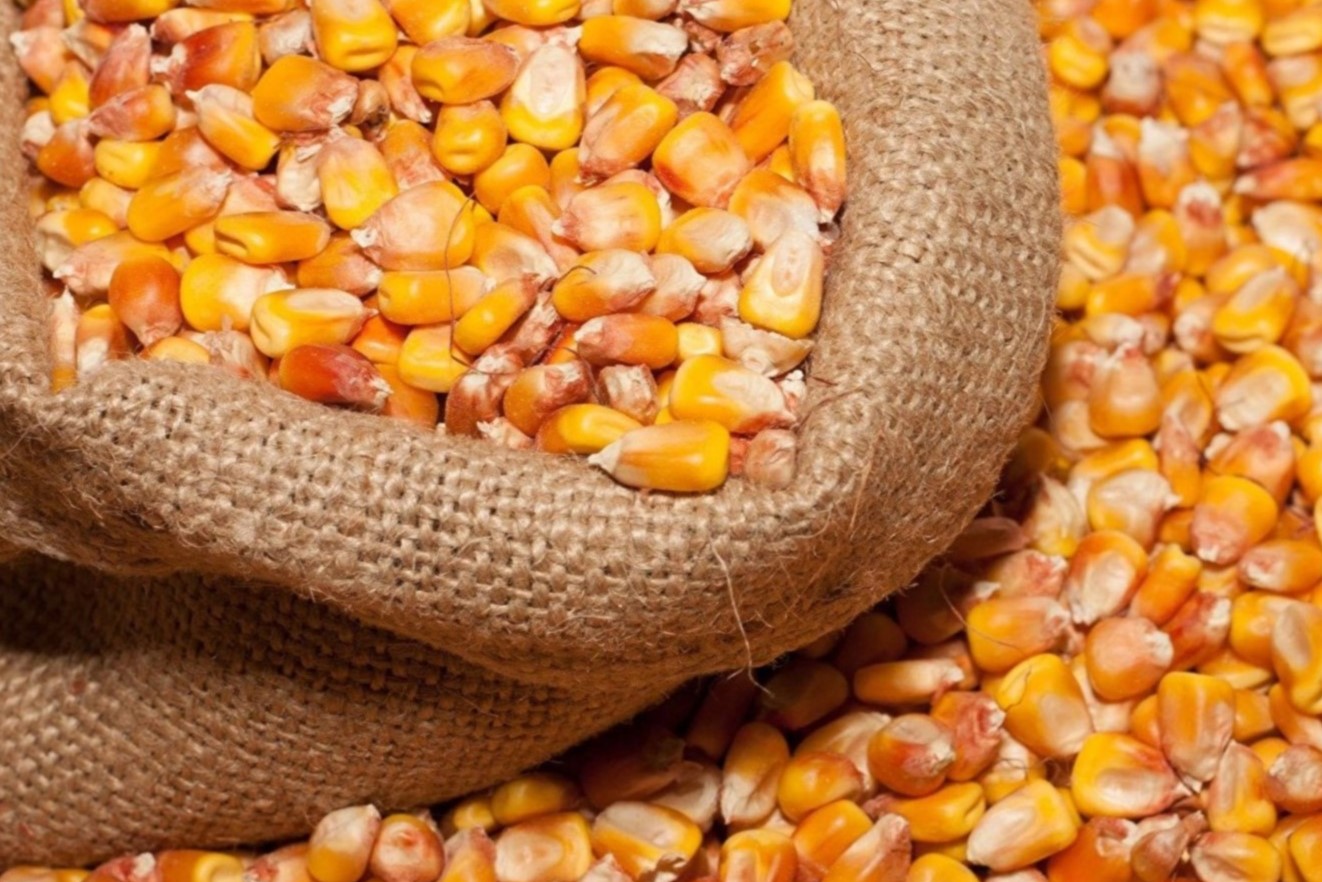
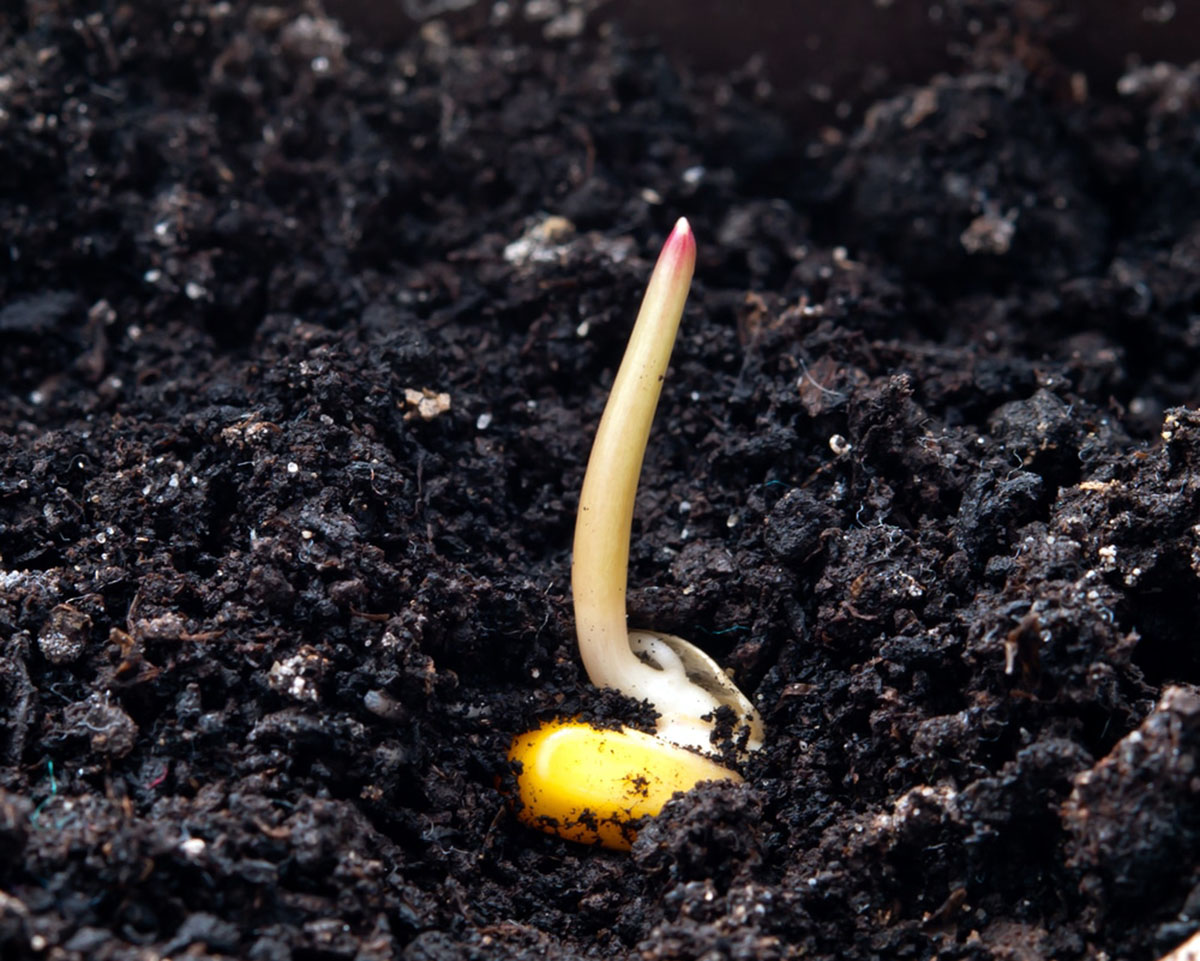

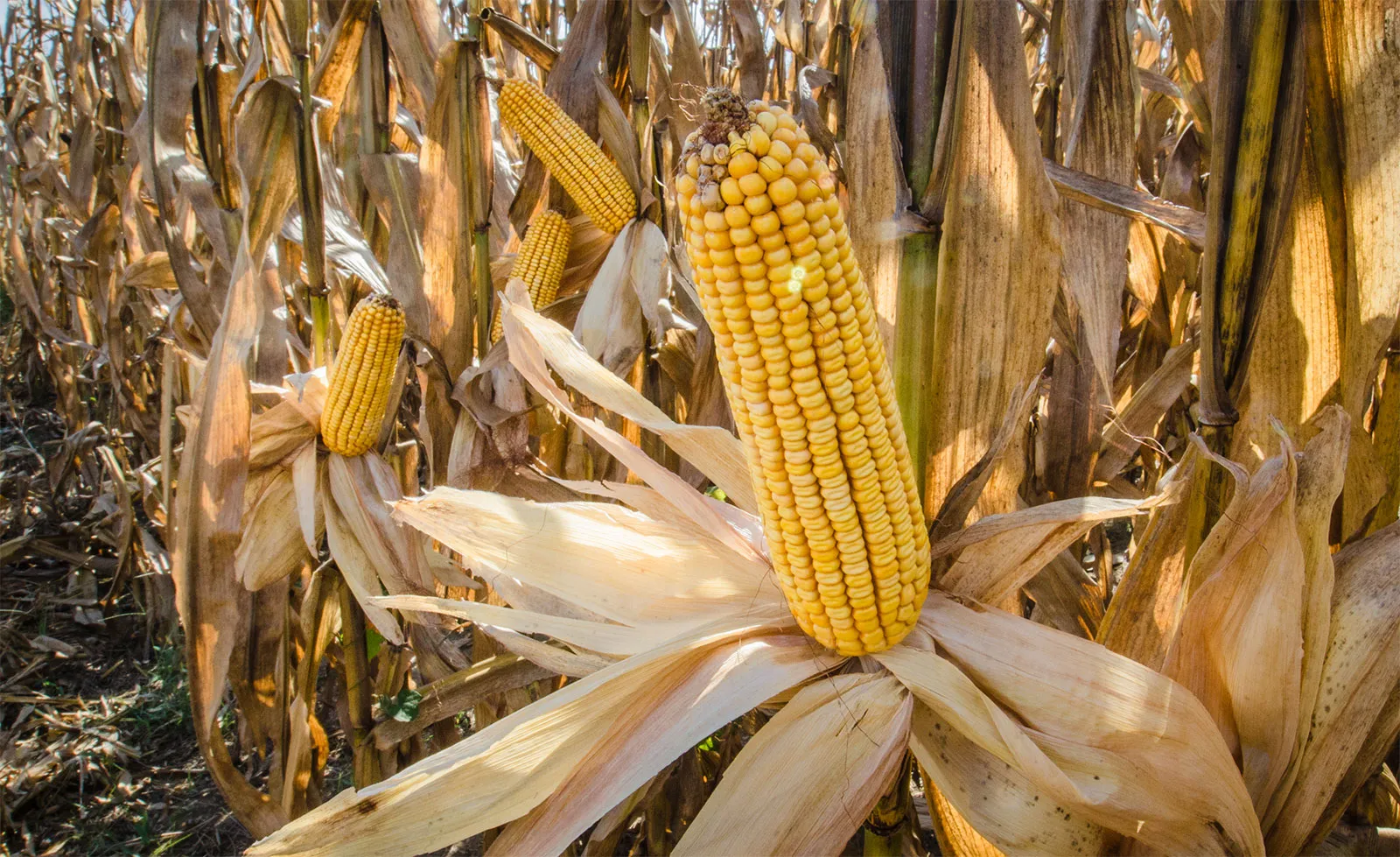
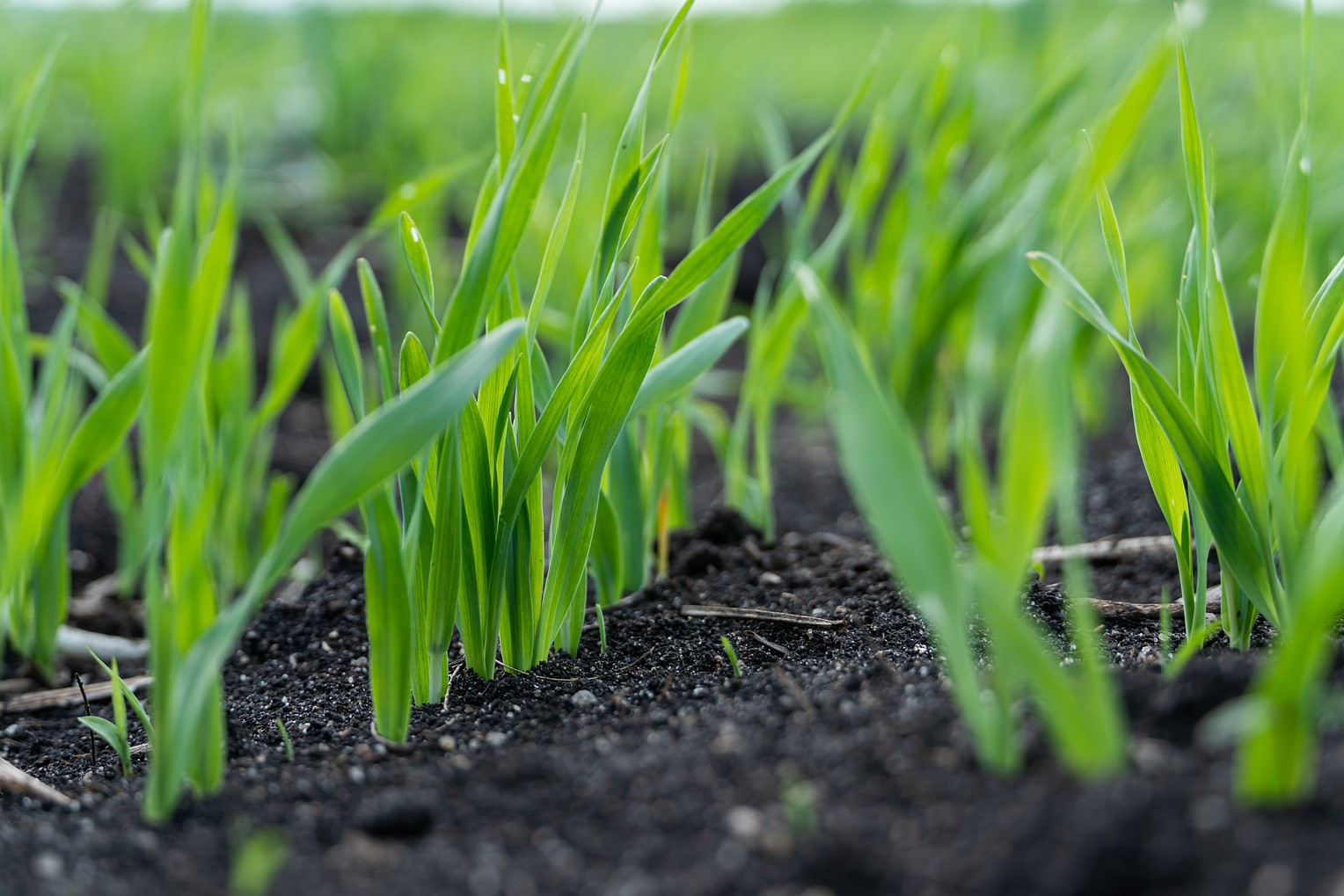
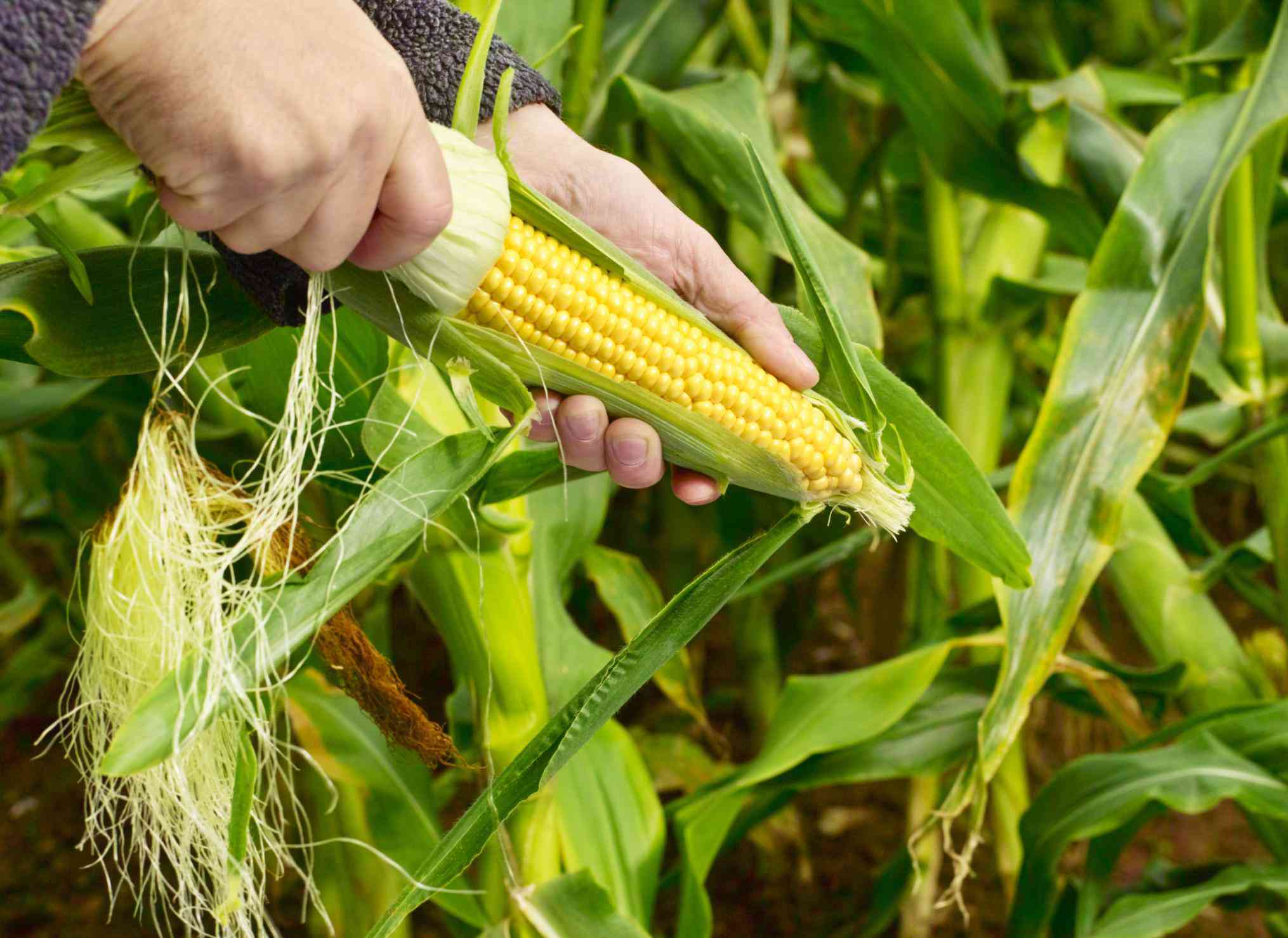
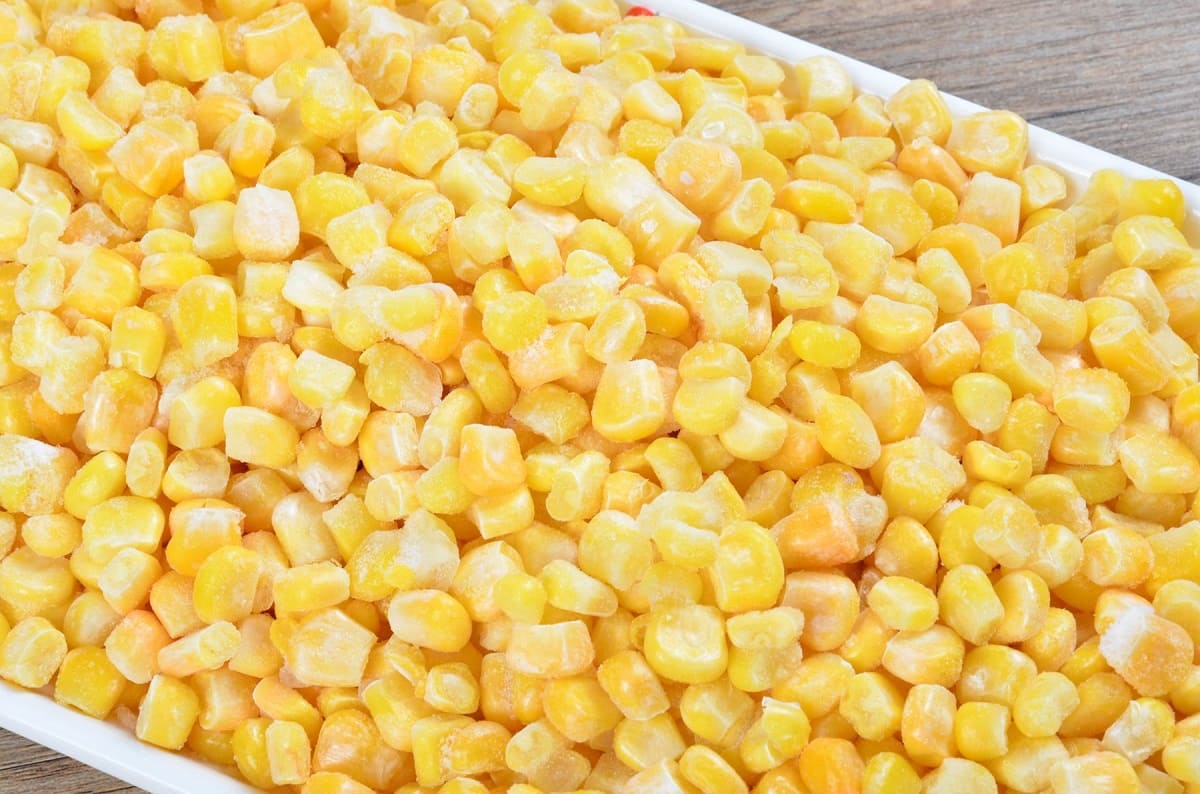
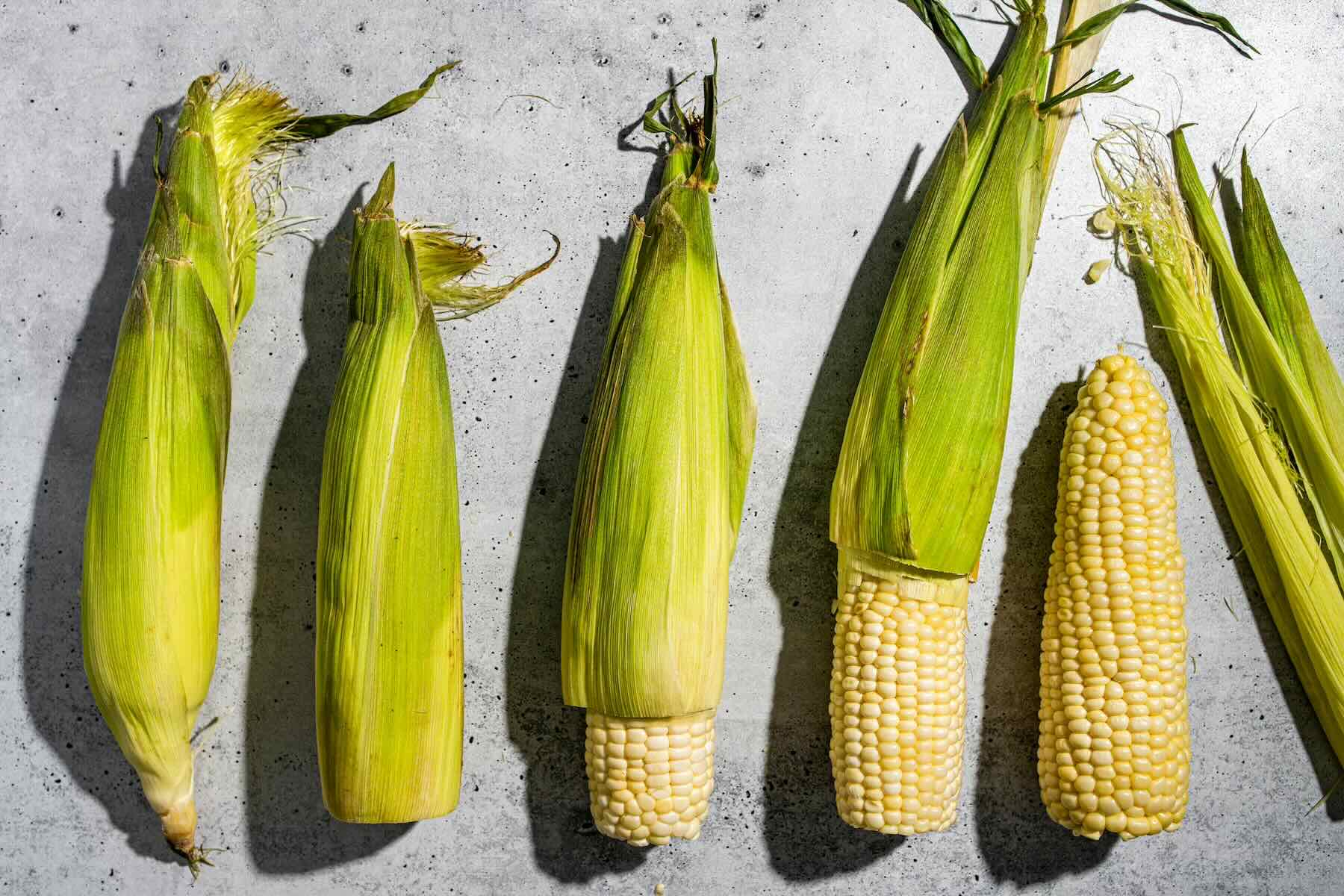
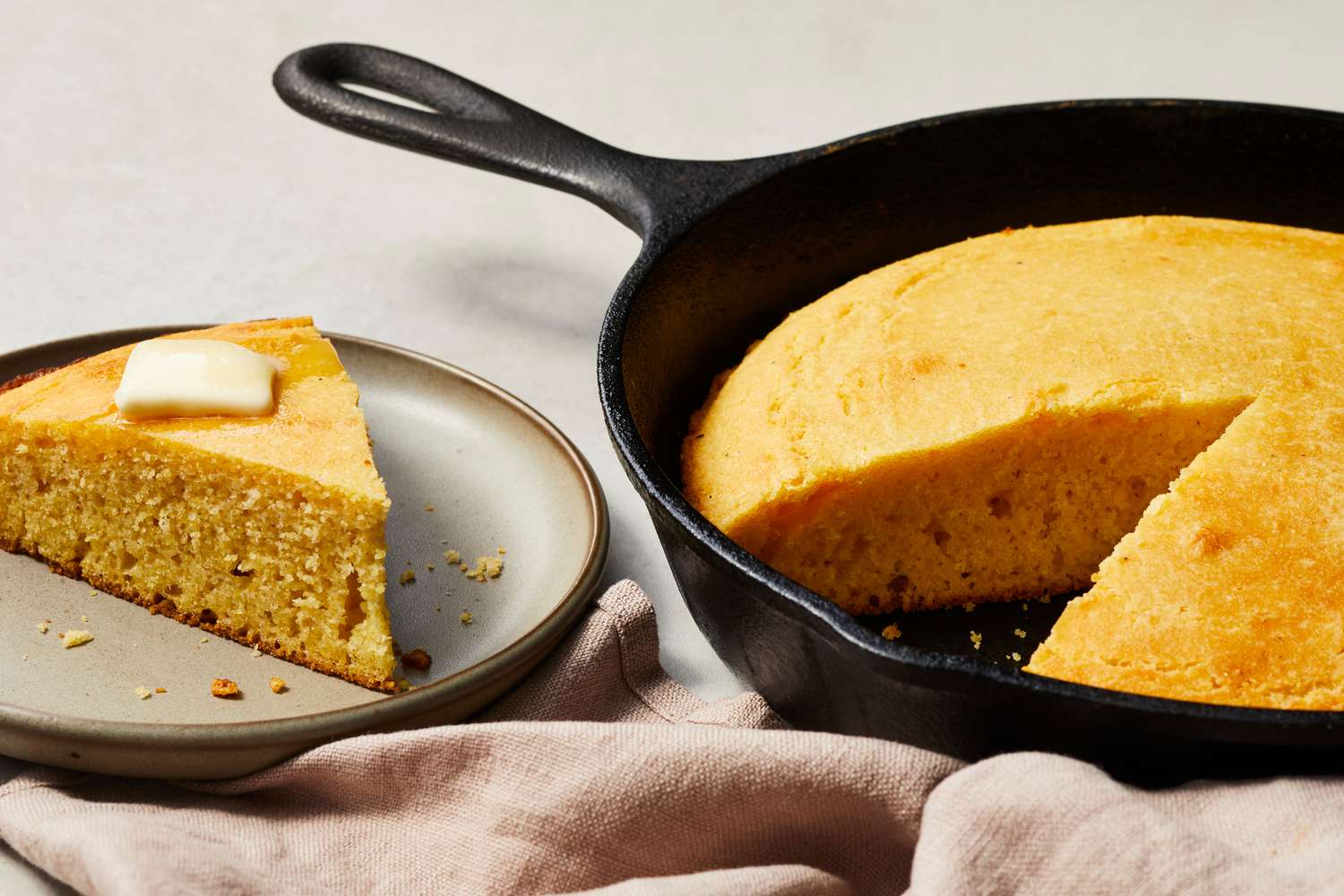
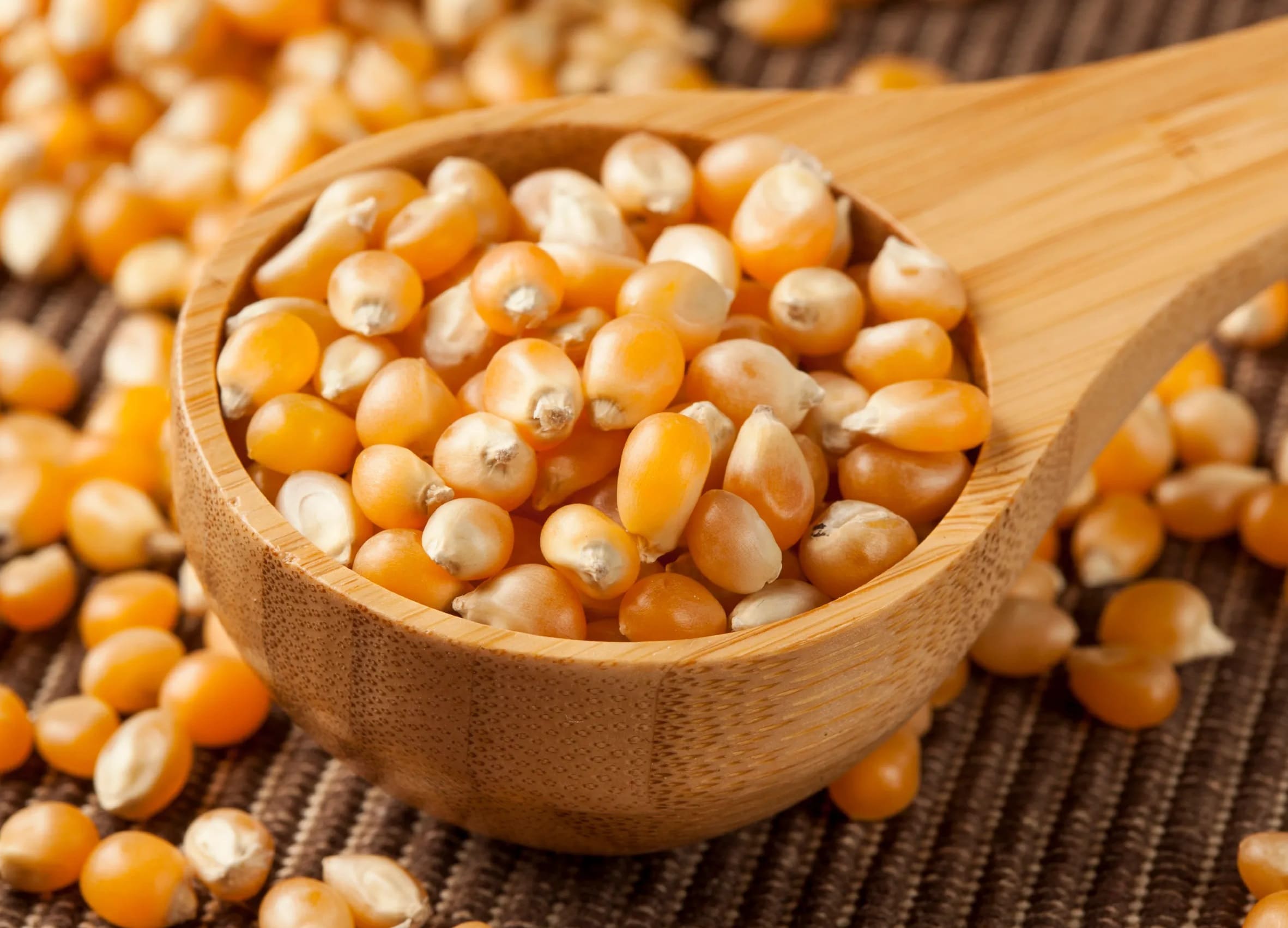
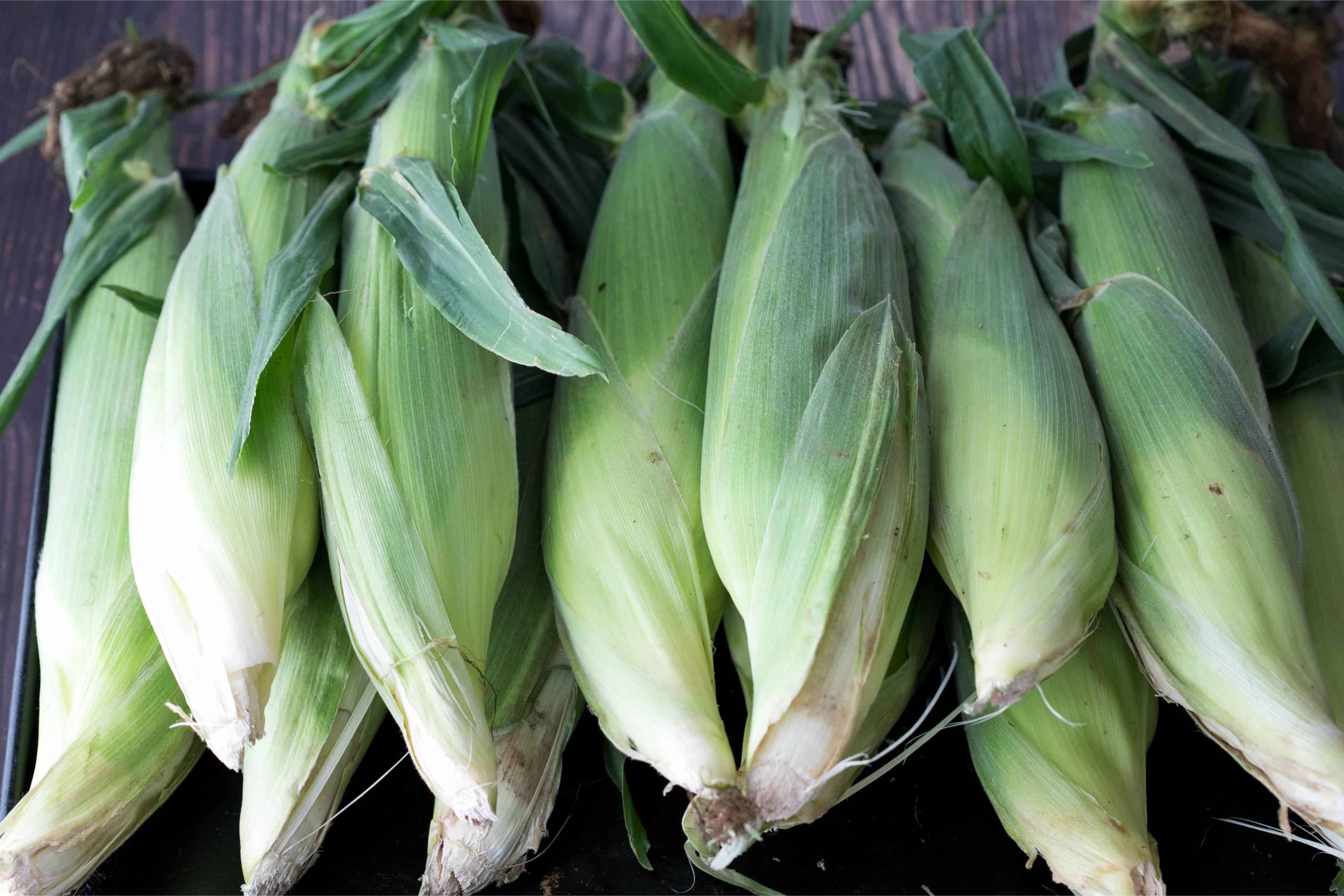
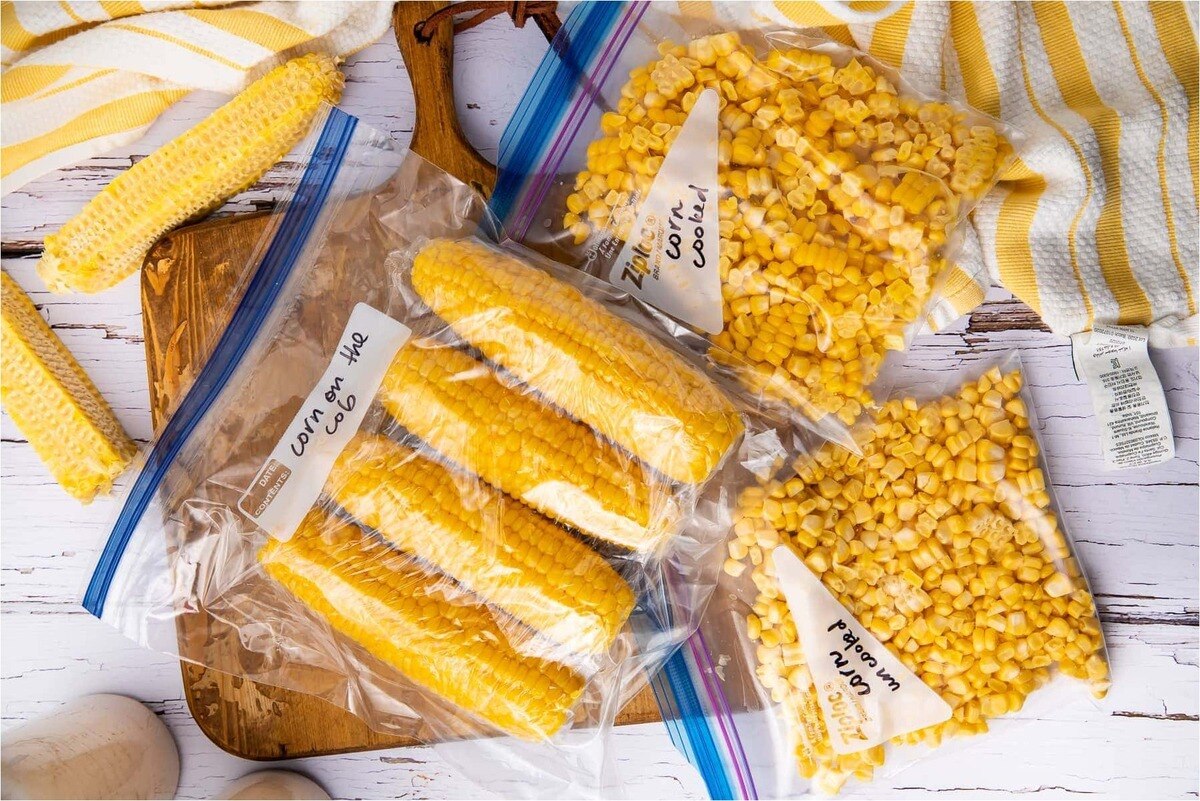


0 thoughts on “How To Store Corn Seeds”